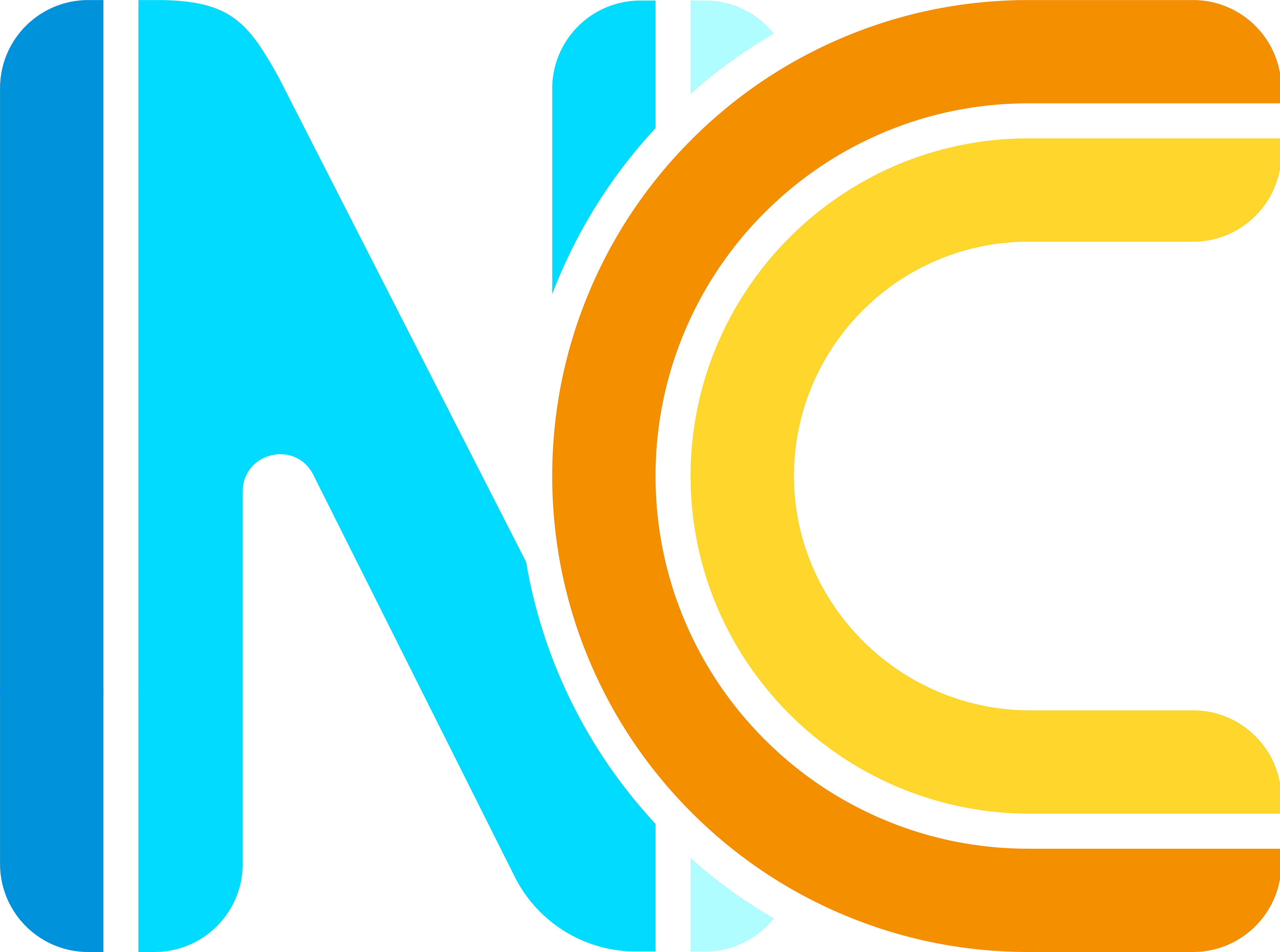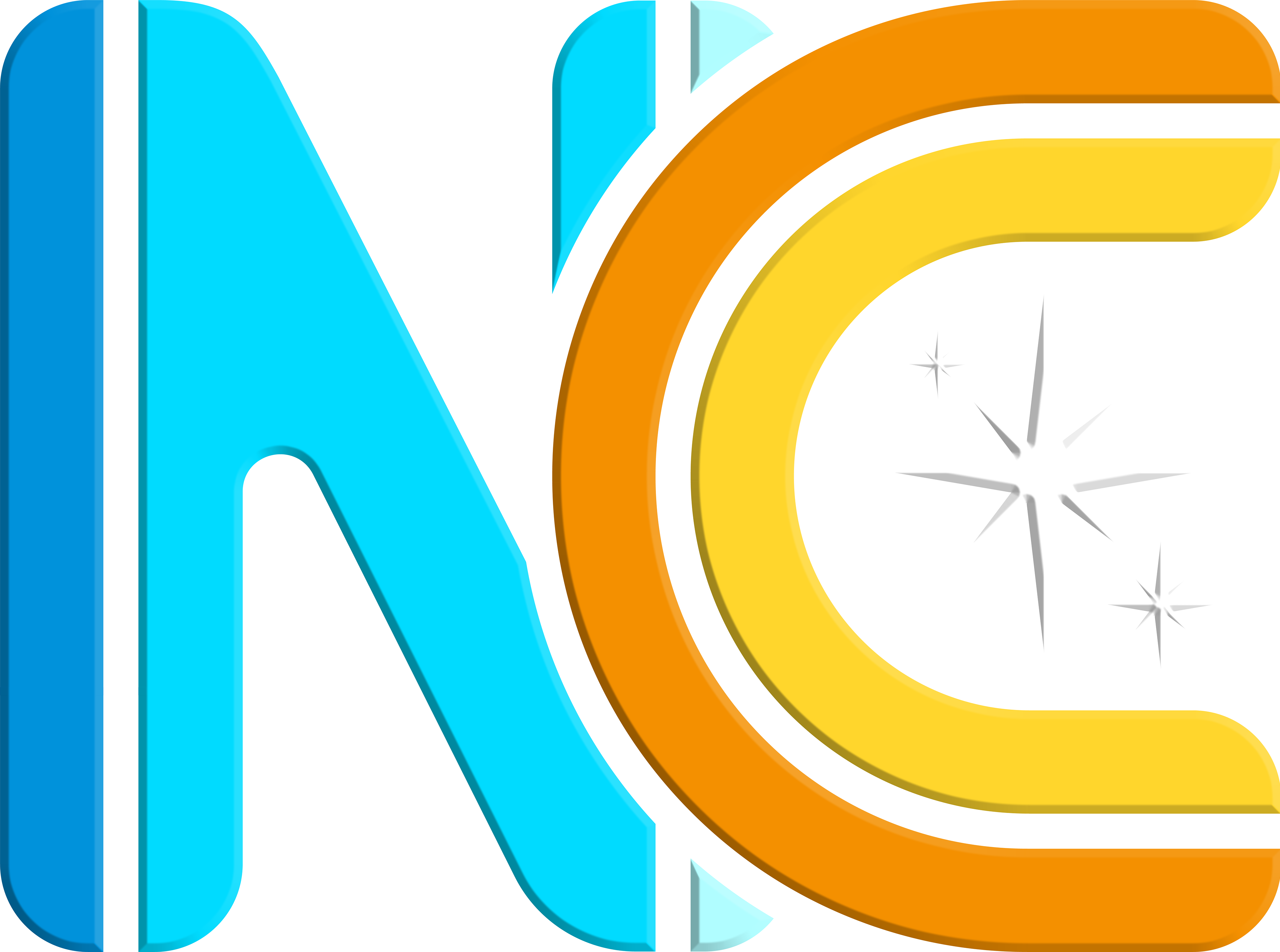Each attraction goes through various stages. The first is planning, in which I coordinate with each team that is required for the project. Development does many illusions and special effects, Building includes myself and includes the terrain, foliage, and set designs, Modeling is solely me and includes the different non-block objects such as the ride vehicles and props, and finally events to coordinate an opening ceremony. Sound design, animatronics, and ride sequencing to put everything together was typically done by me for each attraction between 2020 and 2023. Below, I'll expand on this process in detail. I've also linked a video I created below to help visualize the process used on each attraction.
Ride sequencing involves many elements. Over time our process evolved, but most recently it begins with a Google search to gather floorplans and blueprint references. We use these to recreate the show building and layout of the ride. Set designs are a big help, but aren't always done prior to the animation phase! After we have the track built and perfected, I will 3D model the ride vehicle or use the ride vehicle that we've already 3D modeled and import all of it into Blender. In Blender, I use a reference video to animate side-by-side the movements and timings seen in the real attraction. For rides such as Indiana Jones, this is a lengthy process. Not only must I animate the constant speed fluctuations, but the top part of the jeep moves up, down, left, right... anywhere you need it to! I separated the base of the jeep from the body in order to allow for this to take place. Above is a video giving a glimpse into my full ride sequencing process for our recreation of Indiana Jones: Temple of the Forbidden Eye. I sequenced over 15 individual attractions using the above method, ranging from wave swingers such as "Silly Symphony Swings" to dark rides such as "Roger Rabbit's Car-Toon Spin"!

